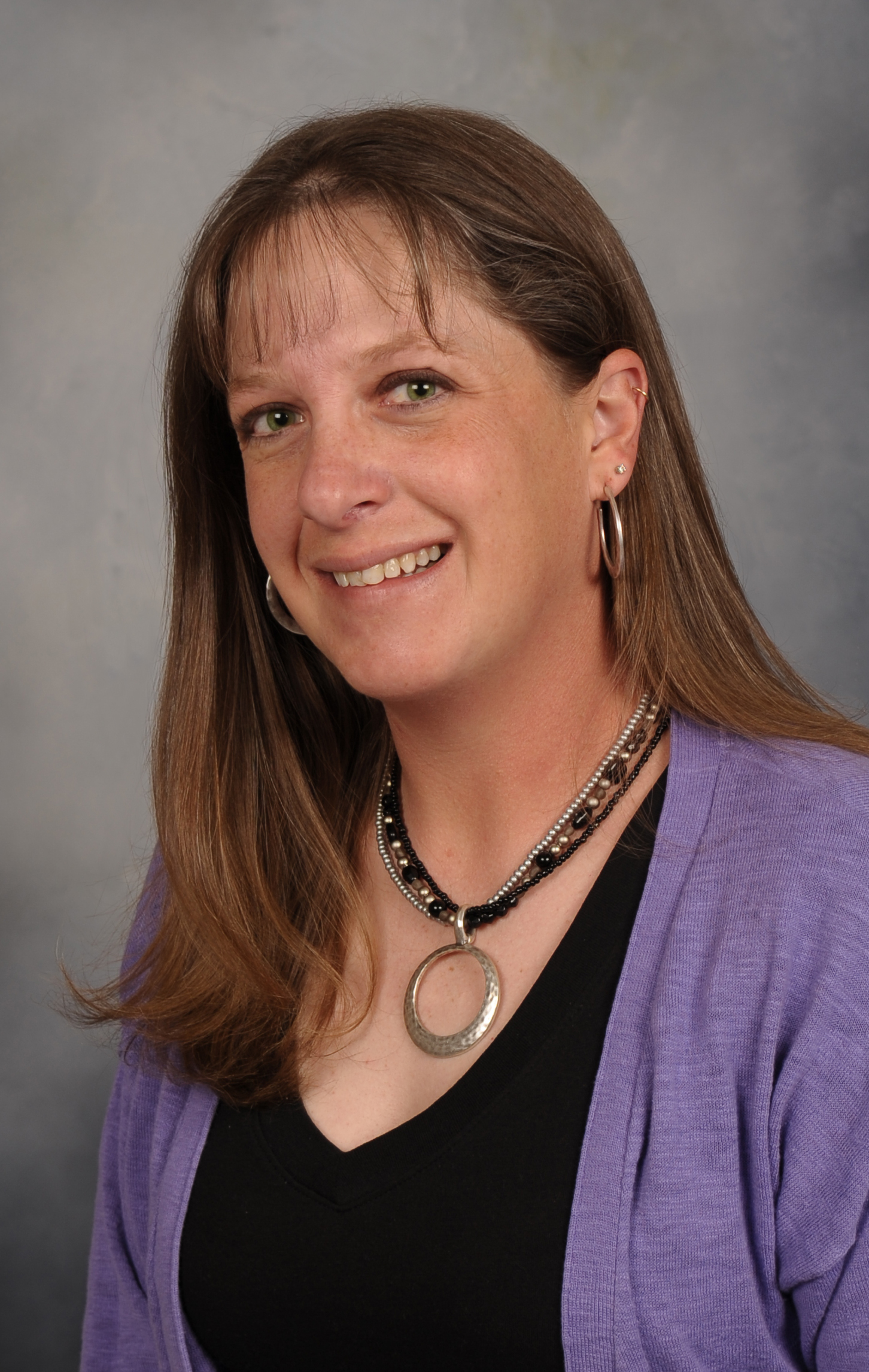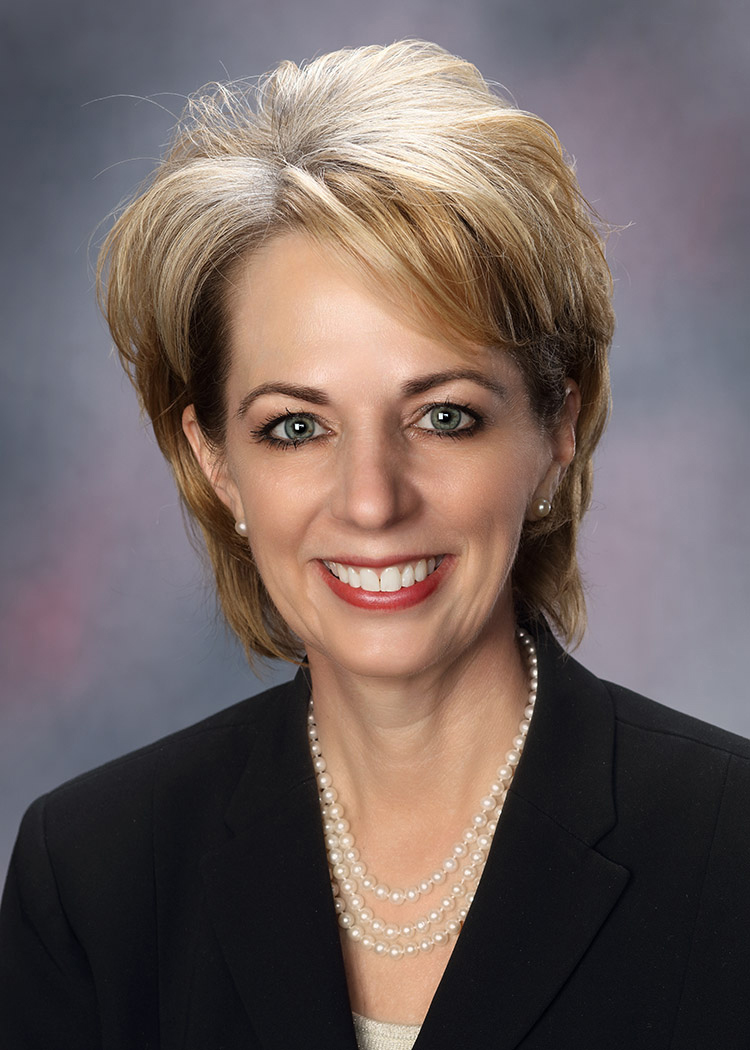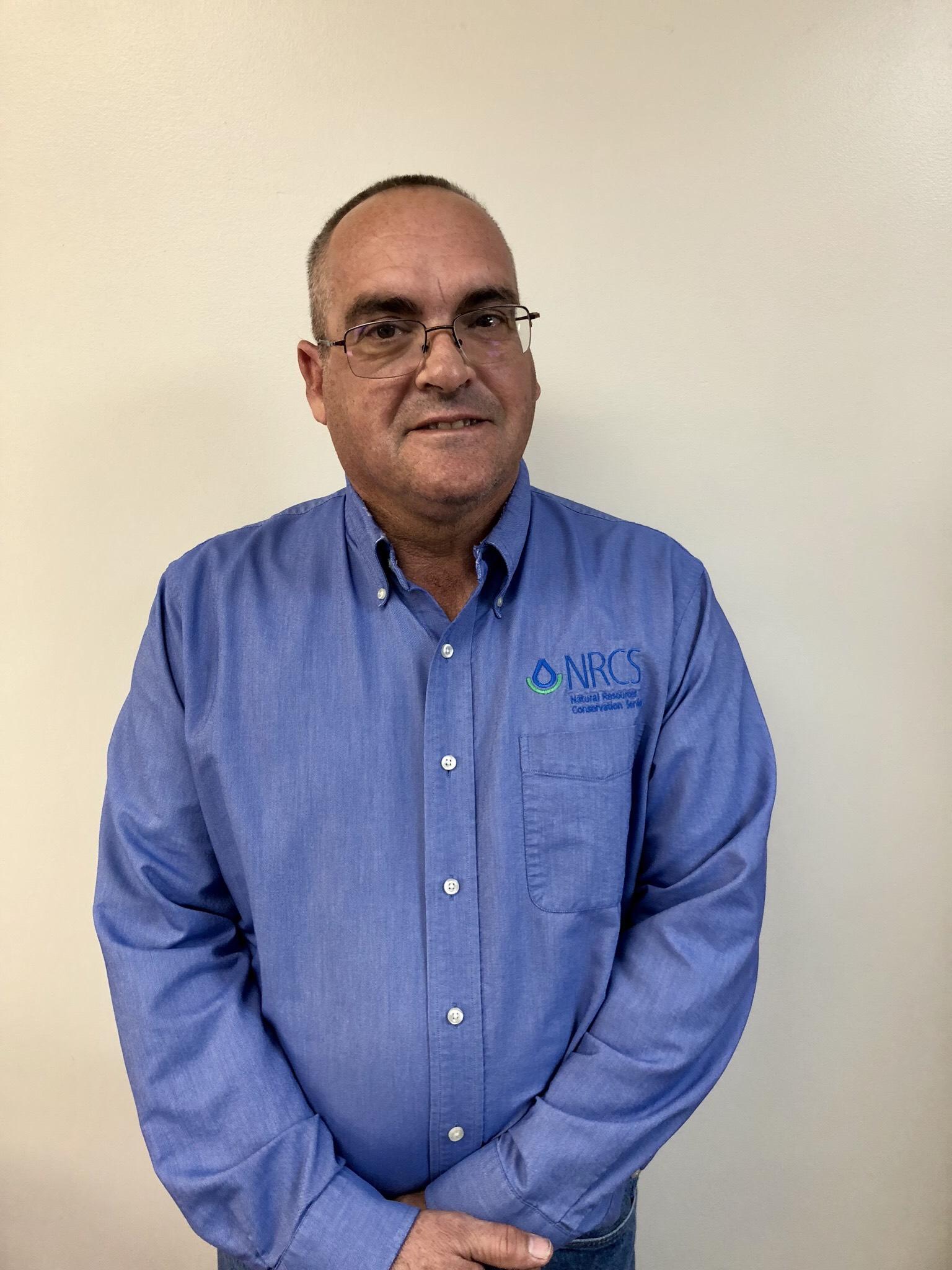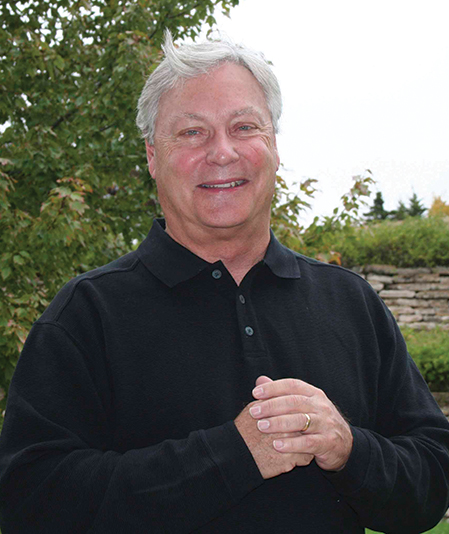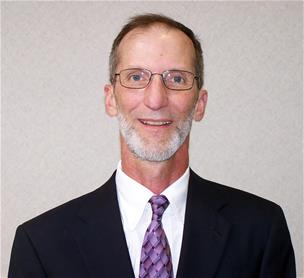
Huck Boyd National Institute for Rural Development
When I’m tired and need some coffee, I know it’s time to go to the farmhouse. But if I lived at Meriden, I might go to a different type of farmhouse – spelled Pharm House, with a PH as in pharmacy. This Pharm House is a specialty coffee shop that the Farrant family created next to the pharmacy in Meriden. It’s another example of the Farrant family’s community spirit, which is helping the local school district and the broader community.
Last week we learned about Jake Farrant and Kansas Turf, his family-owned sports construction company in Meriden. Pat Happer, the school superintendent at Jefferson West High School in Meriden, provided additional information on this company’s benefit to the community.
Pat Happer grew up in Overland Park. He studied education at Emporia State and began his teaching career in western Kansas. He then became a school administrator in eastern Kansas. After serving as a principal in the Jefferson West School District, he became district superintendent in 2011. Pat lives in the rural community of Ozawkie, population 645 people. Now, that’s rural.
Pat knew Jake when Jake was a student and then as Jake became a local businessman. Jake was growing his turf installation business and also served as an assistant football coach at Jeff West High School. Unfortunately, the school’s natural grass football field had seen better days. Jake envisioned artificial turf on that field.
“When Jake started talking to me about artificial turf for the school, I thought, `Oh my, we just don’t have that kind of budget,’” Pat Happer said. “But Jake suggested that the school allocate to this project the same amount of money that was already going to be spent on the natural grass field, and he would work on private funding for the rest.”
The school board considered the idea, held an open forum to gather community input, and decided to proceed with the project. Jake contacted other businesses to donate to the project. He committed to install turf at a discount. The community stepped forward to make it happen.
Then a remarkable breakthrough occurred. Jake’s company was replacing turf for the New Orleans Saints of the NFL. “I asked what they were going to do with the old turf, which was only a year old, and they said, `Oh, just store it somewhere,’” Jake said.
Jake contacted Pat Happer back at Jeff West to see if the school would be interested in that turf. In partnership with the school, he acquired the Saint’s year-old turf and installed it on the Jeff West High School field at a discounted rate. “It took 27 semis to transport all that turf,” Jake said. Of course, the NFL logo had to be cut out and removed and the Jeff West school logo installed.
Jake was thrilled to see the new turf on the field, but he also noticed a benefit to the community. “When we had a grass field, we had to lock it up to try to preserve the grass for the season,” Jake said. “Now it can be open for the community to use.”
“We were able to host our school’s community wellness night at the stadium,” Pat Happer said. “If it rained, it didn’t matter. We didn’t have to worry about mud.” Other sports can use it as well.
“They’ve done a lot of good things in the community, such as their day care,” Pat said of the Farrants. “After our local pharmacist passed away, they partnered with the hospital in Winchester to reopen the pharmacy. They purchased and remodeled a vacant building for the pharmacy and added a specialty coffee shop called the Pharm House. Bryce Farrant’s wife Chrissy manages the Pharm House and pharmacy.
“We are working to make our school district and community more attractive,” Pat said.
We commend Jake and Kysa Farrant, Pat Happer, and all those who are making a difference by working to make their community better. When you need coffee in this community, you can go to the Pharm House – and get your prescriptions right next door.
Ron Wilson is director of the Huck Boyd National Institute for Rural Development at Kansas State University.

